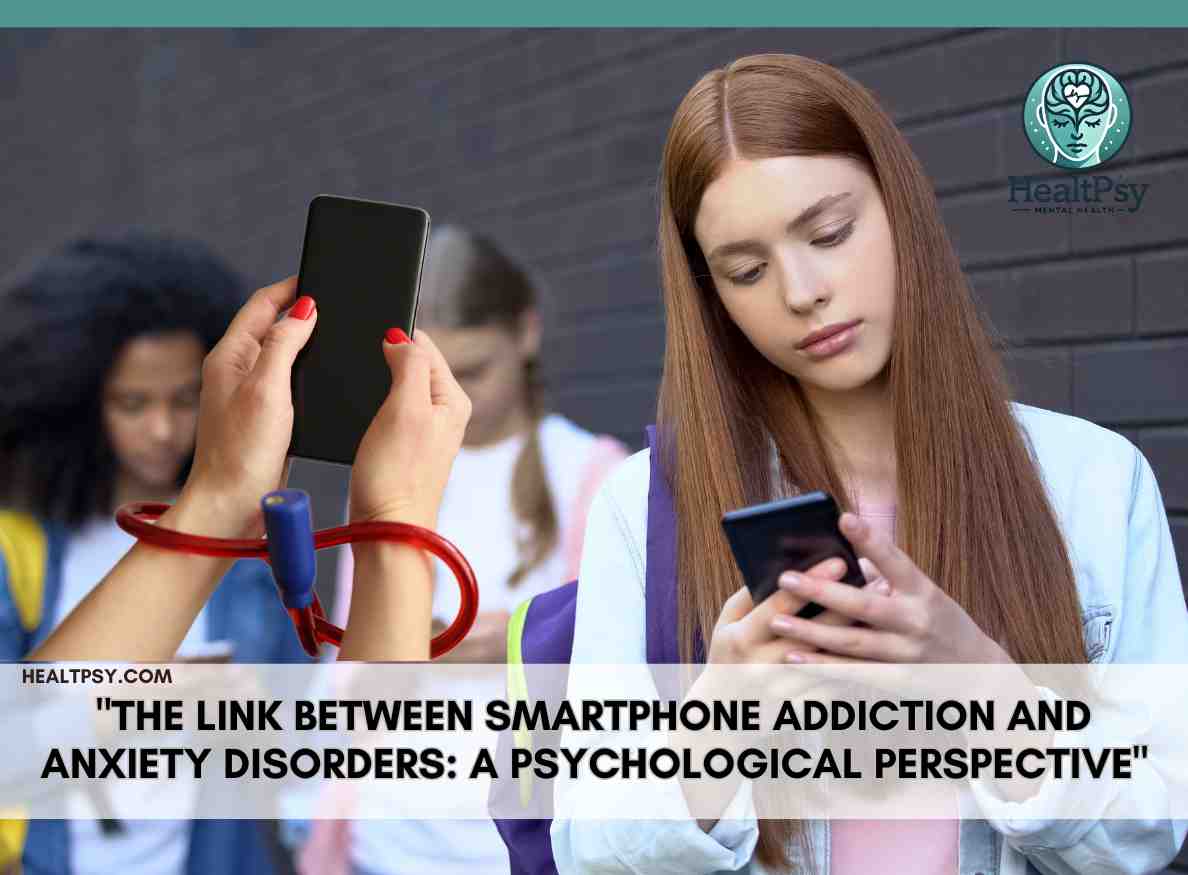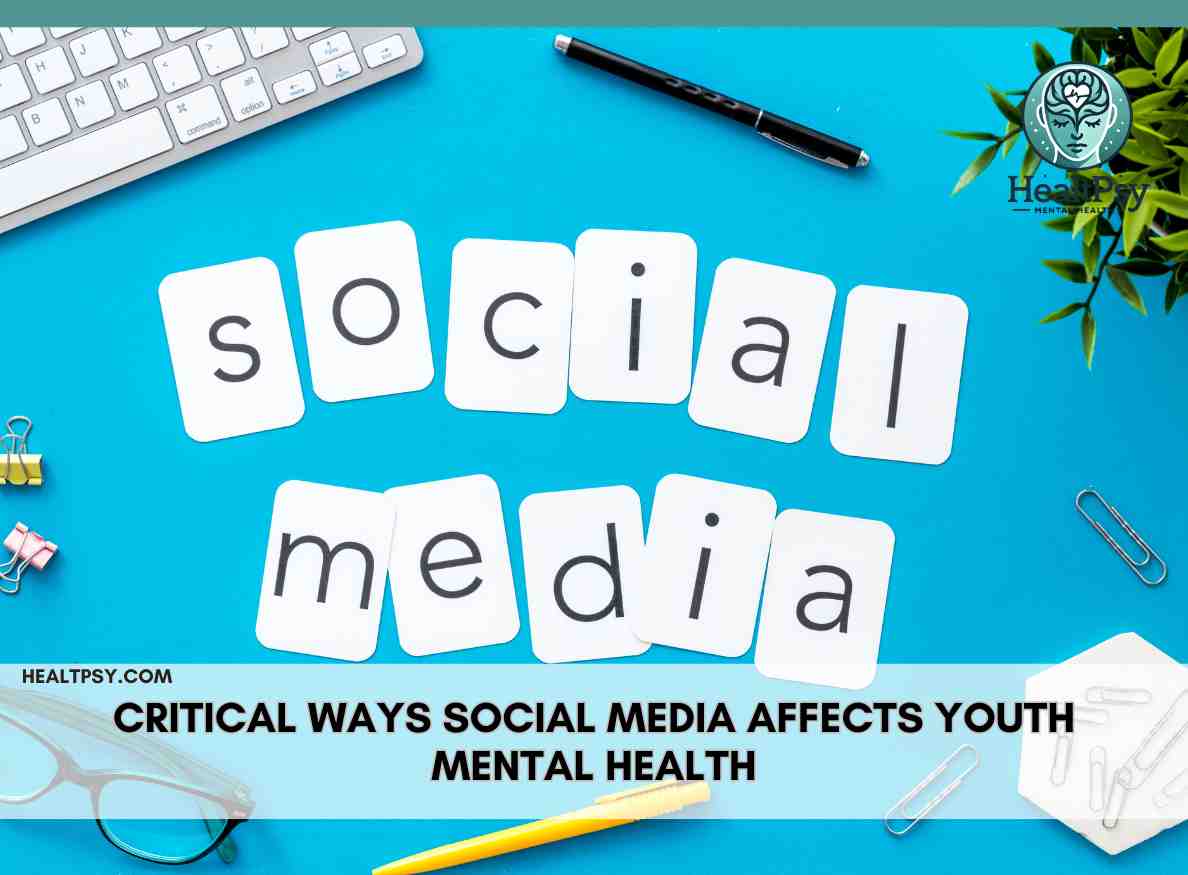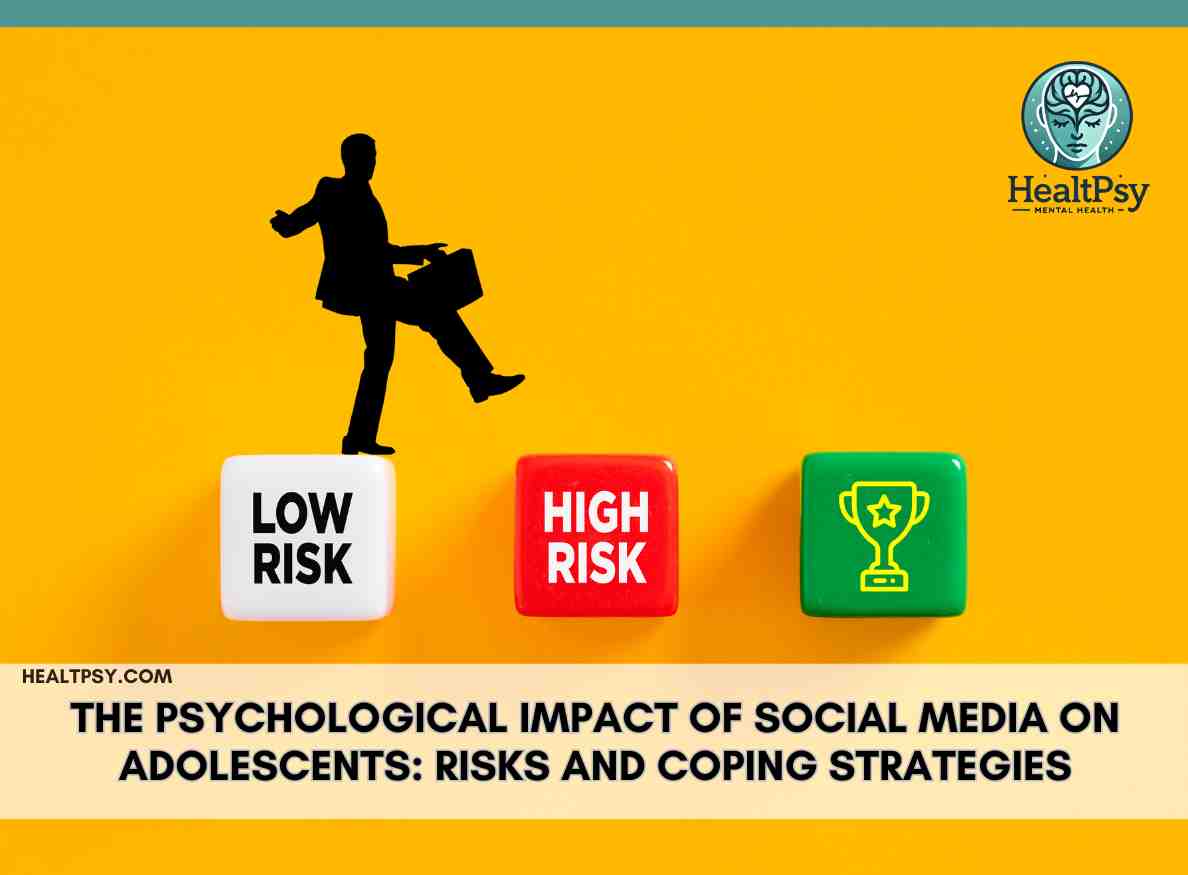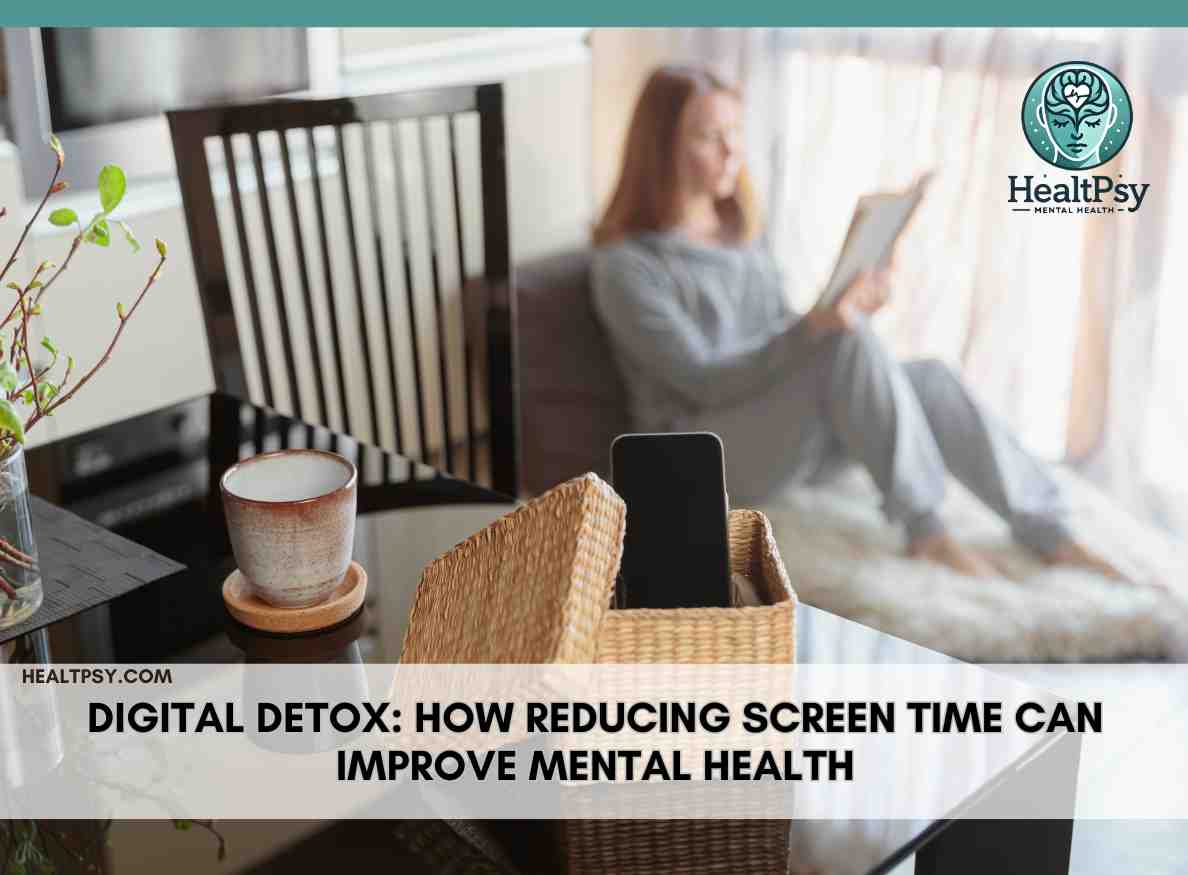7 Powerful Ways Smartphone Addiction Worsens Anxiety Disorders – And How to Fix It
Learn how smartphone addiction contributes to anxiety disorders and discover strategies for mindful technology use to improve mental health.
Introduction
In the digital era, smartphones have become an integral part of daily life, offering convenience, connectivity, and entertainment. However, growing research suggests that excessive smartphone use is linked to rising cases of anxiety disorders. The World Health Organization (WHO) and the American Psychological Association (APA) have raised concerns about smartphone addiction, warning that constant digital engagement may contribute to emotional distress, cognitive overload, and social withdrawal. This article explores the psychological mechanisms behind smartphone addiction, its relationship with anxiety disorders, and strategies to develop a healthier digital balance.
For further insights into digital addiction and mental health, visit the American Psychological Association (DoFollow).
Understanding Smartphone Addiction: A Behavioral and Neurological View
Smartphone addiction is a behavioral dependency where excessive device use leads to compulsive checking and engagement, often interfering with daily activities. This phenomenon is reinforced by neurological mechanisms that make digital interactions highly addictive.
1. Dopamine and the Reward System
Studies from Harvard Medical School and JAMA Psychiatry indicate that smartphones trigger dopamine release, the brain’s reward chemical. Factors that reinforce addiction include:
- Instant gratification from notifications, likes, and messages.
- Variable reward schedules that keep users engaged (e.g., social media scrolling, gaming apps).
- Fear of missing out (FOMO), which drives compulsive checking behaviors.
For more on addiction neuroscience, visit Harvard Medical School (DoFollow).
2. The Role of Social Validation and Psychological Dependency
Smartphones are designed to mimic social rewards, reinforcing behavioral loops. The psychological aspects of dependency include:
- Need for validation: Excessive engagement with social media fosters dependence on external approval.
- Escapism: Many users turn to their phones to cope with stress, social anxiety, or boredom.
- Conditioned reflexes: The habitual checking of notifications becomes an automatic response, similar to substance dependency.
The Connection Between Smartphone Addiction and Anxiety Disorders
While smartphones are not inherently harmful, excessive use and dependency have been associated with increased anxiety levels. Several studies have highlighted key areas of concern:
1. Increased Social Anxiety
Research from Stanford University shows that heavy smartphone users experience higher levels of social anxiety due to:
- Reduced face-to-face interactions, leading to weaker social skills.
- Over-reliance on digital communication, increasing discomfort in real-world conversations.
- Fear of negative online perception, which heightens anxiety and self-consciousness.
2. Sleep Disruptions and Circadian Rhythm Dysregulation
Blue light emitted by screens suppresses melatonin, the hormone responsible for sleep regulation. Poor sleep is directly linked to:
- Higher cortisol levels, which increase stress and anxiety.
- Emotional instability, making it harder to regulate mood and handle daily stressors.
- Reduced cognitive function, affecting memory, focus, and problem-solving abilities.
For sleep-related research, check out the Sleep Foundation (DoFollow).
3. Heightened Stress Response and Hypervigilance
Constant smartphone notifications and multitasking create a state of chronic stress by:
- Overloading cognitive capacity, leading to mental fatigue.
- Triggering fight-or-flight responses, increasing physical symptoms of anxiety.
- Reducing mindfulness, making it difficult to focus and relax.
Strategies to Reduce Smartphone Addiction and Anxiety
Addressing smartphone addiction requires a combination of behavioral adjustments, cognitive strategies, and environmental changes.
1. Establish Screen Time Boundaries
- Use digital well-being apps like Google’s Digital Wellbeing or Apple’s Screen Time to track usage.
- Set daily limits for social media and entertainment apps.
- Create tech-free zones, such as during meals and before bedtime.
2. Develop Mindfulness and Digital Awareness
- Practice the “30-minute rule”: Avoid checking your phone for the first and last 30 minutes of your day.
- Engage in mindfulness activities, such as deep breathing, meditation, or journaling.
- Replace compulsive scrolling with intentional activities, such as reading or physical exercise.
3. Encourage Real-World Socialization
- Prioritize in-person interactions over digital communication.
- Engage in group activities or hobbies that don’t involve screens.
- Practice digital fasting, dedicating one day per week to being completely offline.
For more insights into digital detox techniques, visit the Center for Humane Technology (DoFollow).
4. Cognitive Behavioral Therapy (CBT) for Smartphone Dependency
Psychologists recommend CBT-based interventions to modify compulsive behaviors. Key techniques include:
- Cognitive restructuring to challenge irrational beliefs about smartphone dependence.
- Gradual exposure techniques to reduce anxiety from digital disconnection.
- Self-monitoring tools to identify triggers and replace them with healthier habits.
For mental health therapy resources, explore Psychology Today (DoFollow).
The Role of Technology Companies in Addressing Smartphone Addiction
While individual strategies are essential, tech companies also have a responsibility to promote healthier digital habits by:
- Designing ethical interfaces that minimize addictive features.
- Implementing built-in screen time awareness tools.
- Encouraging intentional app engagement instead of passive scrolling.
For policy recommendations, visit the World Health Organization (WHO) Digital Health Guidelines (DoFollow).
Conclusion
Smartphone addiction and anxiety disorders are increasingly interconnected, with excessive digital engagement heightening stress, social anxiety, and sleep disturbances. By implementing mindful smartphone use, fostering real-world connections, and adopting digital well-being strategies, individuals can mitigate the negative effects of excessive screen time. Technology companies must also take responsibility in designing healthier engagement models to support user well-being.
For further mental health insights, check out our article on Psychological Support and Therapy.
Anxiety Disorders. Anxiety Disorders. Anxiety Disorders Anxiety Disorders
you might also like





